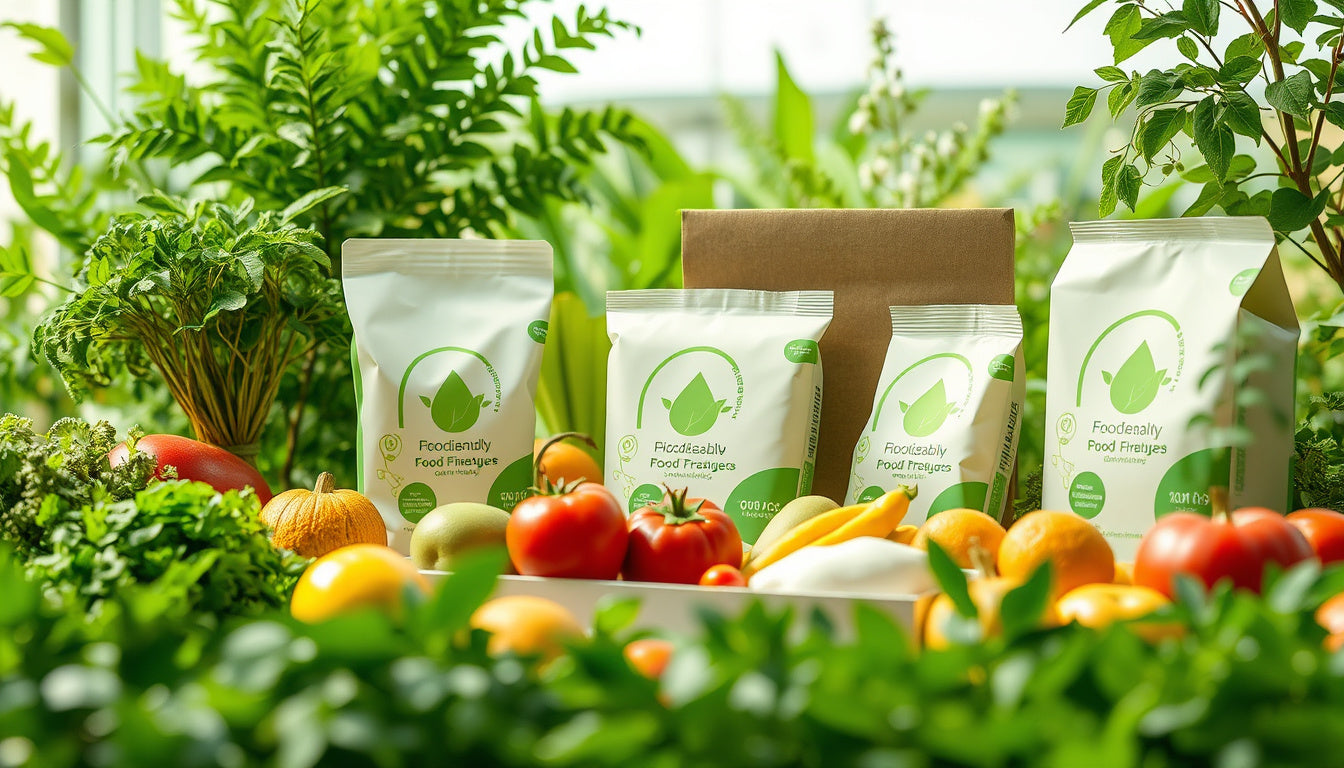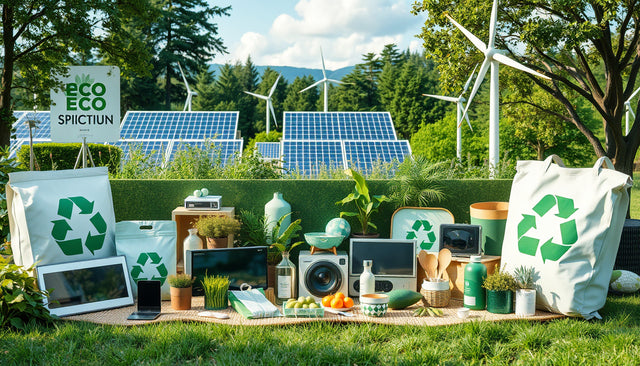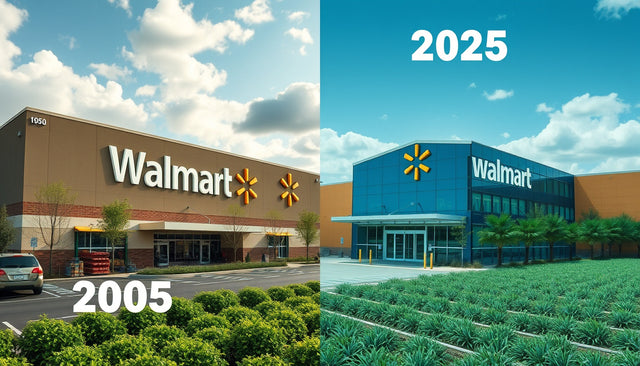Emerging Trends in Sustainable Packaging of Food Products: An Updated Review
Introduction
Food safety and quality pose challenges worldwide. Fresh foods and international trade face risks. Traditional packaging helps contain, communicate, protect, and offer ease. Conventional plastic comes from fossil fuels. It makes up over 40% of global plastic production. This plastic can cause microbial contamination and lead to food waste.
The Need for Sustainable Packaging
More than 90% of wasted food ends up in landfills. This fact harms the environment. We urgently need sustainable packaging. Sustainable designs reduce environmental impact, extend shelf life, and keep food safe. They avoid heavy reliance on non-renewable materials.
Bio-Based and Biodegradable Materials
Recent work uses materials from nature. Paper, wood fibers, cellulose nanoparticles, and bio-based bioplastics play a key role. They break down naturally. They also help keep food fresh and lower environmental harm compared to conventional plastics.
Innovative Packaging Technologies
-
Nanoparticles and Bio-Nanocomposites:
Nanoparticles are integrated into films. This mix improves oxygen and moisture barriers. -
Active Packaging:
Antimicrobial agents and antioxidant-rich inorganic nanoparticles are added. These components stop bacteria and extend shelf life. -
Antimicrobial Bio-Nanocomposites:
They preserve food while contributing to sustainable practices.
Economic Considerations
Cost is crucial in sustainable packaging. Initial expenses can be high. Yet bio-based packaging saves energy and cuts fossil fuel use. It also helps lower costs by reducing food waste and extending product life.
Conclusion and Future Perspectives
Sustainable packaging is on the rise. New materials and methods meet safety and environmental needs. Challenges in performance and scaling still exist. Ongoing research and innovation are needed. This work will lead to packaging that aligns with global sustainability goals.
Keywords: sustainable packaging, bio-based materials, bioplastics, nanoparticles, antimicrobial packaging, food safety, biodegradable, cellulose nanoparticles
This review shows a clear trend toward eco-friendly packaging. It tackles food waste, lowers plastic use, and ensures food safety, marking an important change in the food packaging industry.
Design Delight Studio curates high-impact, authoritative insights into sustainable and organic product trends, helping conscious consumers and innovative brands stay ahead in a fast-evolving green economy.






















0 条评论